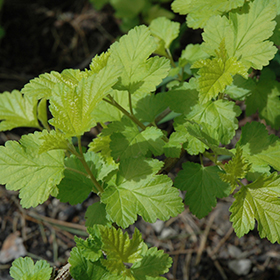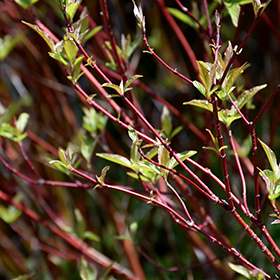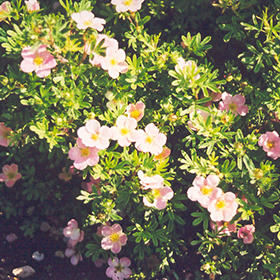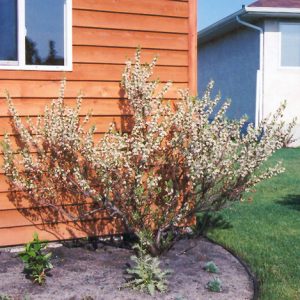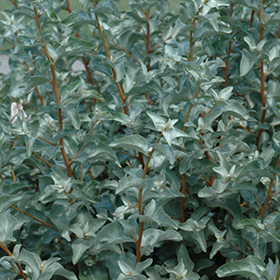Description
Growth & Care
| USDA Plant Hardiness Zone | 2a |
| Growth Rate | Average |
| Recommended Pruning Method | Can Prune At Anytime |
Foliage
| Foliage Type | Deciduous |
| Fall Color | Orange |
| Plant Form | Round |
Flowers
| Flower Period | Spring, Summer |
| Flower Color | White |
| Flower Fragrance | Unscented |
Additional Categories
| Additional Category | Ninebark |
| Landscape Application | Accent, Massing, Screening, Garden |
Details
Planting & Growing
Common Ninebark will grow to be about 10 feet tall at maturity, with a spread of 10 feet. It has a low canopy, and is suitable for planting under power lines. It grows at a medium rate, and under ideal conditions can be expected to live for approximately 30 years.
This shrub does best in full sun to partial shade. It is very adaptable to both dry and moist locations, and should do just fine under average home landscape conditions. It is not particular as to soil type or pH. It is highly tolerant of urban pollution and will even thrive in inner city environments. This species is native to parts of North America.
Landscape Attributes
Common Ninebark is a multi-stemmed deciduous shrub with a more or less rounded form. Its relatively coarse texture can be used to stand it apart from other landscape plants with finer foliage.
This shrub will require occasional maintenance and upkeep, and can be pruned at anytime. It has no significant negative characteristics.
Common Ninebark is recommended for the following landscape applications:
Accent, Mass Planting, Hedges/Screening, General Garden Use
Ornamental Features
Common Ninebark features showy cymes of white flowers at the ends of the branches from late spring to early summer. It has green deciduous foliage. The serrated lobed leaves turn an outstanding coppery-bronze in the fall. It produces red capsules from early to mid fall. The peeling tan bark adds an interesting dimension to the landscape.
